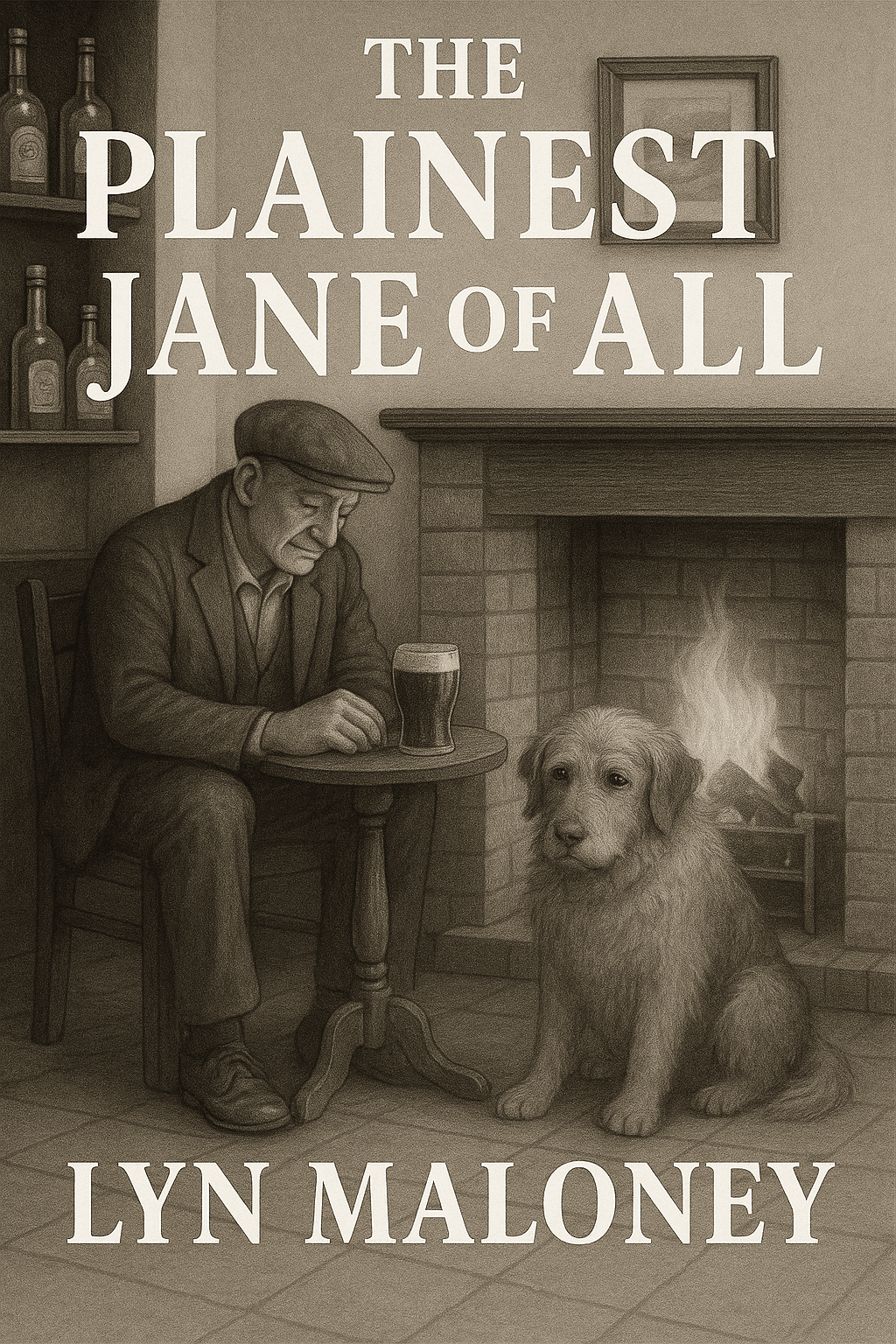'The Plainest Jane Of All' by Lyn Maloney
TS
We've now completed edits on Lyn Maloney's book, 'The Plainest Jane Of All' (oh, how we love that title!) and, after considerable thought on genre placement, here's what we finally agree on...

Lyn's novel sits most securely in contemporary Irish literary fiction with elements of social realism. It blends gritty depictions of small-town rural life, intergenerational memory, and personal struggle with moments of black humour and deeply felt emotion. While it carries shades of coming-of-age through Jane’s personal growth, the narrative is far more sprawling, touching on community decline, political history, generational trauma, and the raw messiness of rural and pub culture. One might also pitch it as Irish social-drama fiction with strong crossover potential for readers of memoir-like narrative fiction, given its semi-oral storytelling style.
The prose is highly descriptive, often cinematic, with a dense layering of imagery and atmosphere. At times it veers towards the baroque, with long sentences, colloquialisms, and cultural references grounding it firmly in the Irish vernacular. There’s a distinct oral-tradition cadence here; the kind of storytelling that feels like it could be told aloud in a smoky bar, complete with interruptions, jokes, and digressions (we've all been there). This makes the style authentic and immersive.
Dialogue is sharply drawn, earthy, and true to life. It captures the rhythms of rural Irish speech with a naturalism that adds weight to character conflict.
Perhaps the novel’s greatest strength lies in its characters. Figures like Joe, Finian, and Jane are vividly realised, each with flaws, humour, and raw humanity. Joe in particular emerges as a tragic, layered figure, a man forged by the Troubles of Northern Ireland, yet worn down by age, loss, and bitterness. His relationship with Boyho, the dog, humanises him beautifully. Jane, meanwhile, is a more contemporary counterpoint: young, restless, frustrated, and yearning for change. Her misadventures (such as the chaotic pub scenes and perilous encounters with drunken men) capture the vulnerability and resilience of modern Irish womanhood.
Secondary characters; the reckless Roisin, the drum-wrecking Colm, the sharp-tongued Finian, work well within the novel’s heightened realist frame as they provide comic relief and menace in equal measure.
This is a vivid, character-driven novel rooted in Irish social life, politics, and identity. It will appeal to readers of Roddy Doyle, Edna O’Brien, or Kevin Barry, writers who blend humour, grit, and social commentary. For those seeking authenticity and immersion, it will be deeply rewarding.
©ShadowScript Team, October 2025.